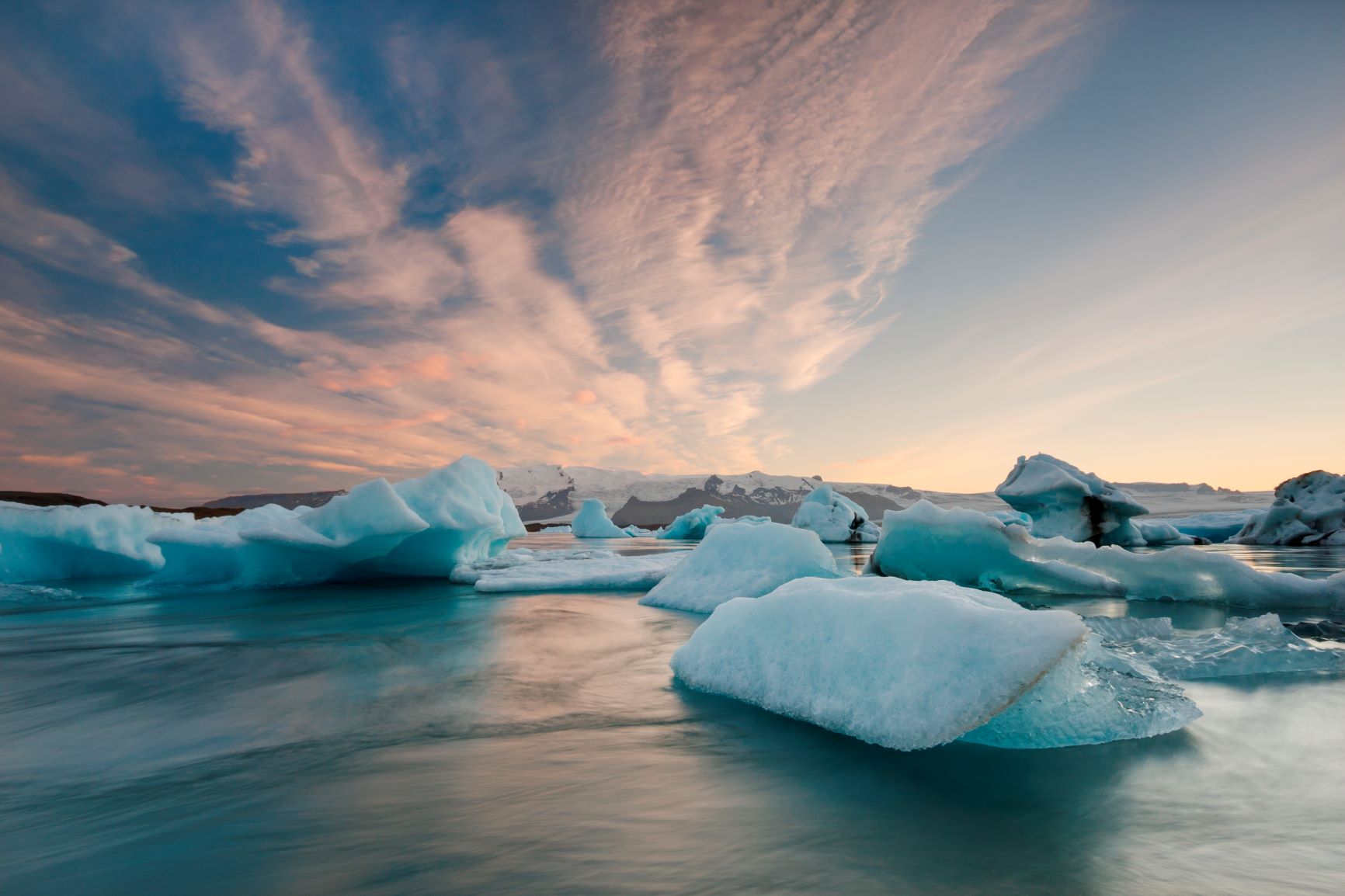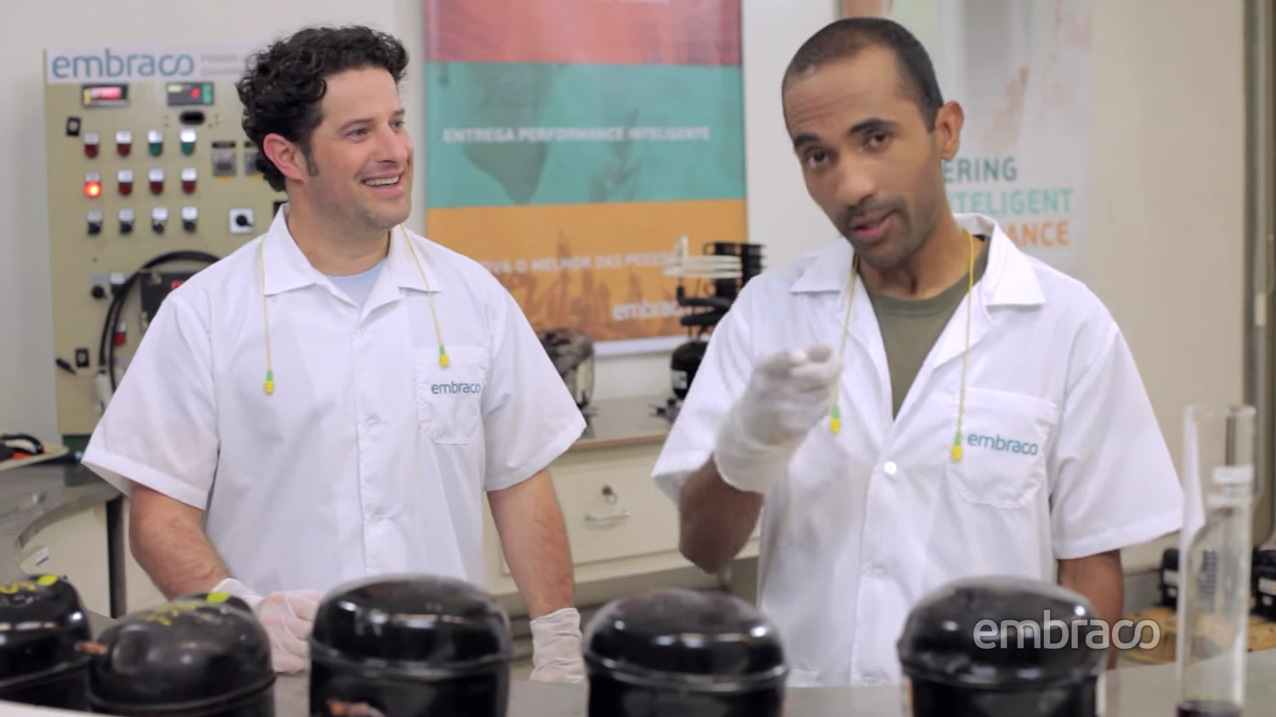The United Nations has declared September 16 as “International Day for the Preservation of the Ozone Layer”, to increase general public awareness on climate change issues, to mobilize politicians and find resources to mitigate its impact, but also to celebrate and reinforce achievements of humanity.
In 1974, Two future Nobel prize recipients, Molina and Rowland, identified the chlorine contained in chlorofluorocarbons (CFC) and hydrochlorofluorocarbons (HCFC) refrigerants as a catalyst repeatedly leading to the breakdown of stratospheric ozone molecules. Ozone in the stratosphere absorbs some of the Sun’s biologically harmful ultraviolet radiations.
This realization led to world governments signing the Montreal Protocol, in 1987, specifying timetables for the elimination of the production and use of CFC and HCFC refrigerants. As a result of this international agreement, the ozone hole in Antarctica is slowly recovering. Climate projections indicate that the ozone layer will return to 1980 levels in the second half of this century. Due to its widespread adoption and implementation, the Montreal Protocol has been hailed as an example of exceptional international co-operation.
The choice for natural refrigerants
The refrigeration and air conditioning industry responded to this crisis by replacing CFC and HCFC first of all with new hydrofluorocarbons (HFC) refrigerants but also with natural refrigerants like carbon dioxide, ammonia and hydrocarbons. Use of natural refrigerants at that time was really the best decision, because in 20 years following the Montreal Protocol, scientists, governments, general public and all interested parties have become increasingly concerned with global warming and more generally, global climate change. This led to various actions e.g. Kyoto Protocol, EU F-gas regulation and more recently Kigali Amendment to the Montreal Protocol (2016).
On January 1, 2019 the Kigali Amendment to the Montreal Protocol came into force. Under this amendment, countries promised to reduce the use of hydrofluorocarbons (HFCs) by more than 80% over the next 30 years.
Embraco, since the early nineties, has been actively promoting the use of hermetic compressors with low atmospheric impact refrigerants and in particular with natural refrigerants. The first important change came with the introduction of isobutane (R600a) in household refrigerators and freezers, followed by propane (R290) in light commercial refrigeration plug-in systems as well as in portable air conditioners and dehumidifiers. The brand was also one of the pioneers in compressors with carbon dioxide in use in vending machines and heat pumps.
Choosing a natural refrigerant is a win-win scenario for all stakeholders and the environment, considering very low direct emissions (extremely low GWP) as well as lower indirect emissions due to intrinsic superior energy efficiency of the refrigeration cycle.


